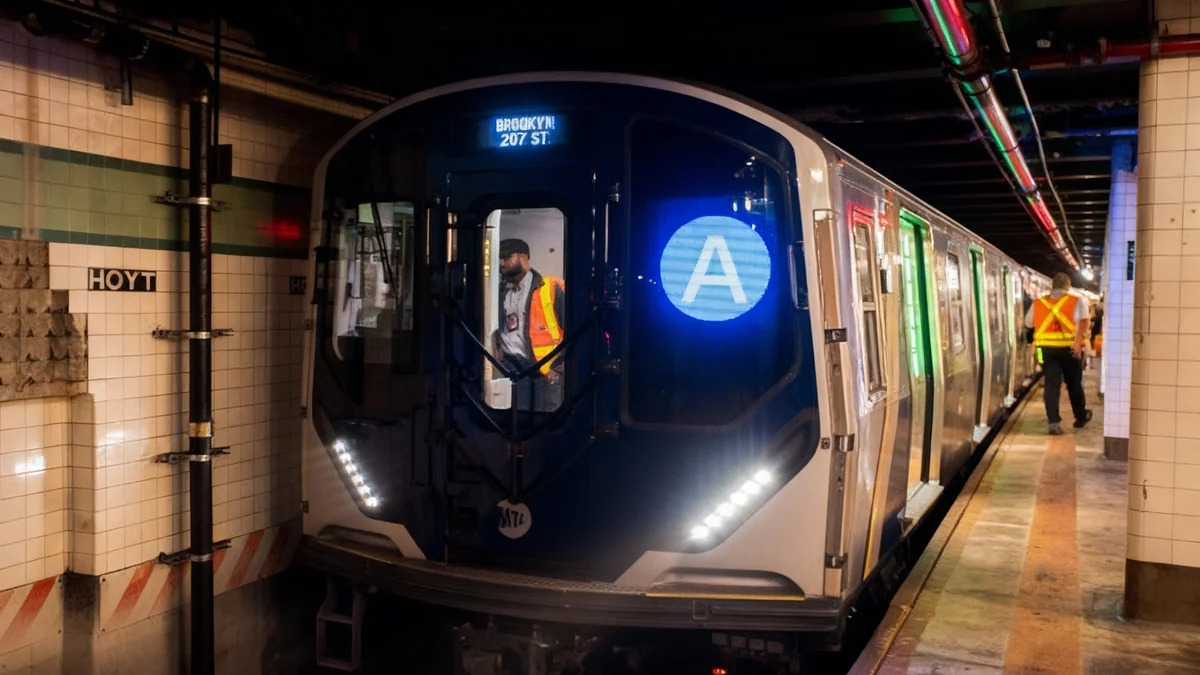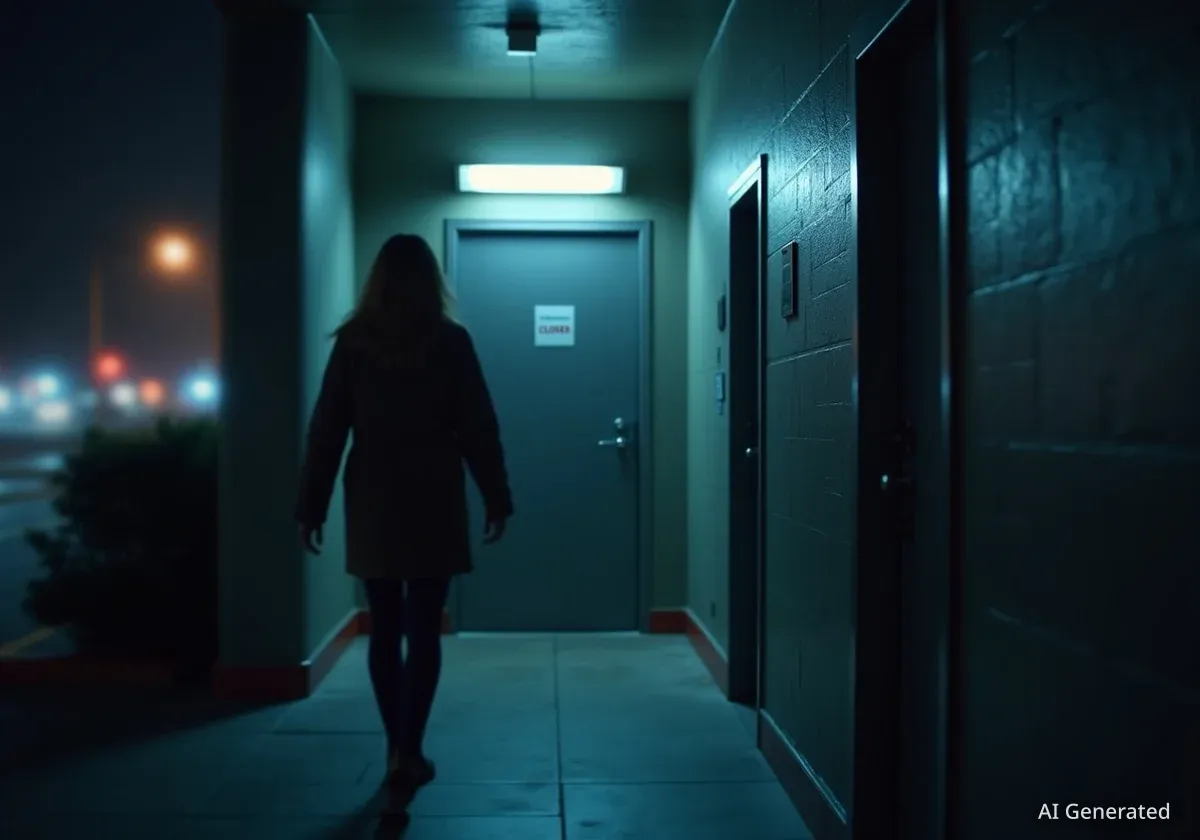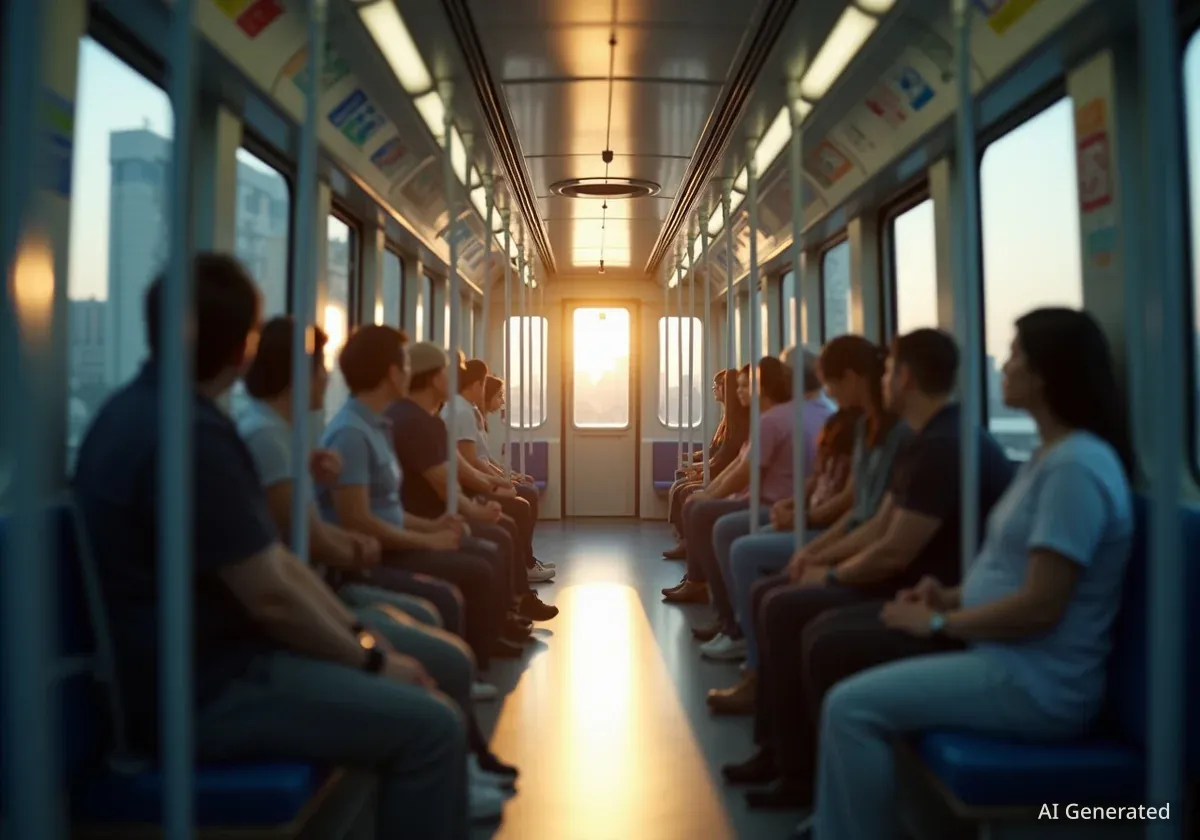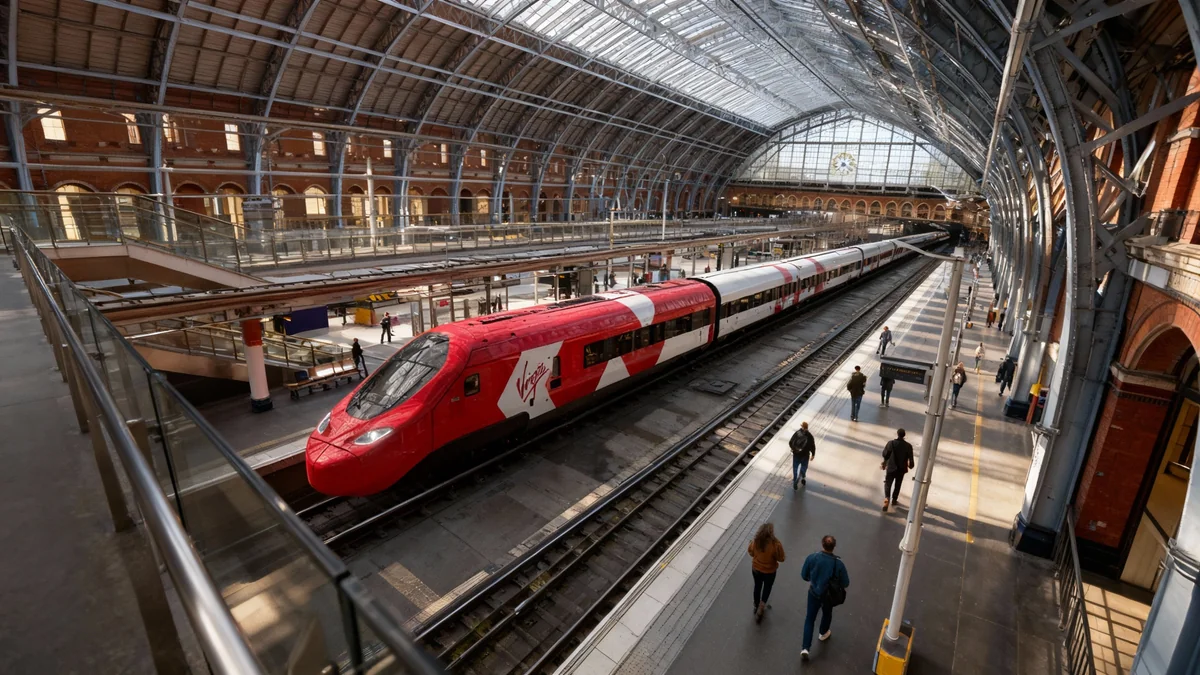New York City's C subway line will soon see a change in its train configuration. The Metropolitan Transportation Authority (MTA) is introducing 11 new eight-car trains, known as the R268 model, to replace the existing longer R211 sets that have been operating on the line for less than two years. This shift means a return to shorter trains for C line riders.
Key Takeaways
- The C line will transition to uniform eight-car trains (484 feet long).
- New R268 cars, similar to the R211, will be deployed.
- The change replaces some 10-car R211 sets introduced recently.
- MTA states eight-car trains are sufficient for current ridership.
- Ridership patterns have changed since the 2020 pandemic lockdown.
MTA Invests in New Rolling Stock
The MTA has placed a significant order worth $1.5 billion for these new subway cars. The R268 model is manufactured by Kawasaki and shares many features with the R211 trains already in service on the A, C, G, and B lines. Both types are designed to replace older rolling stock, specifically the aging R46 and R68 trains, which are the oldest on the subway system's lettered lines.
The new R268 cars are equipped with modern computerized signal systems, allowing for better communication and efficiency across the network. This technological upgrade is part of the MTA's ongoing efforts to modernize its infrastructure.
Train Facts
- Total R268 cars ordered: 378
- Number of eight-car R268 trains for C line: 11
- Length of an eight-car train: 484 feet
- Length of a 10-car R211 train: 600 feet
Capacity Adjustments for the C Line
An MTA spokesperson, Laura Cala-Rauch, confirmed the plan in a statement, saying,
"The plan is to restore the C fleet to uniform eight-car trains (at 484 feet long). Eight-car trains are, and will continue to be, sufficient to serve ridership on the line."
Currently, the C line operates with a mix of train lengths. It has ten 10-car trains, measuring 600 feet, and nine shorter eight-car trains, measuring 484 feet, made up of older R179 cars. The introduction of the new R268 trains will standardize the C line's fleet to eight-car sets.
A Look Back at 2017
In 2017, the MTA's Subway Action Plan promised improvements, including lengthening trains on the C line. This goal was initially met by replacing eight-car trains of 60-foot R32 cars with eight-car trains of 75-foot R46s. An eight-car train of 75-foot cars is roughly the same length as a 10-car train of modern 60-foot R211s, both around 600 feet.
Changing Ridership Patterns
The decision to shorten trains on the C line comes as subway ridership has been slow to recover since the COVID-19 pandemic lockdown in 2020. MTA data indicates a shift in ridership trends, with less emphasis on the traditional rush-hour peak.
This change in commuter behavior may influence the MTA's assessment of train capacity needs. However, it remains unclear if the MTA plans to increase train frequency to compensate for the reduced capacity per train.
Rider Concerns and Train Design
Danny Pearlstein, a spokesman for the Riders Alliance, expressed concern about the potential reduction in capacity.
"If you’re going to reduce capacity, they should give people more seats," he stated.
The R211 and the upcoming R268 cars feature wider doors and less seating at the ends of the cars. This design aims to facilitate faster boarding and alighting, potentially speeding up train movements. However, it also means fewer seats overall for passengers.
Pearlstein also noted that the C train serves several growing neighborhoods in Brooklyn. The push to lengthen trains in 2017 was partly due to this population growth. He suggested that while current ridership might be lower, future capacity could become an issue again.
"We may well need [more] capacity," Pearlstein said. "[But] if we don’t need the capacity that we needed in 2017, then we should get back the comfort."
Comfort vs. Capacity
Many riders have a fondness for the older R46 and R68 trains, particularly their distinctive L-shaped, orange seating arrangements. Pearlstein described these seats as "conversational" and noted that New Yorkers increasingly miss them. The new train designs prioritize standing room and faster movement over the more traditional, comfortable seating options of the past.
The balance between maximizing passenger flow and providing comfortable journeys continues to be a key challenge for urban transit authorities like the MTA.





